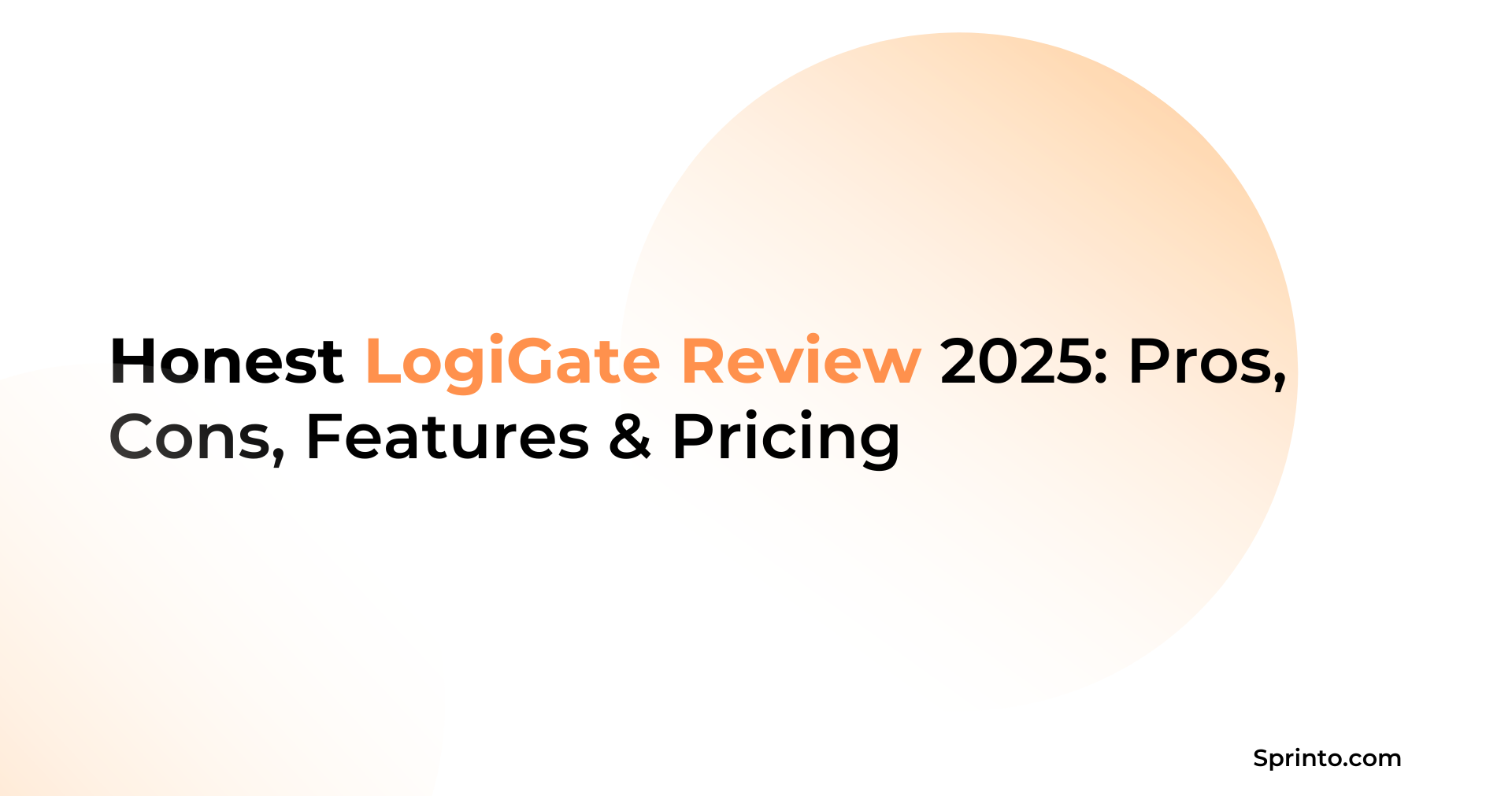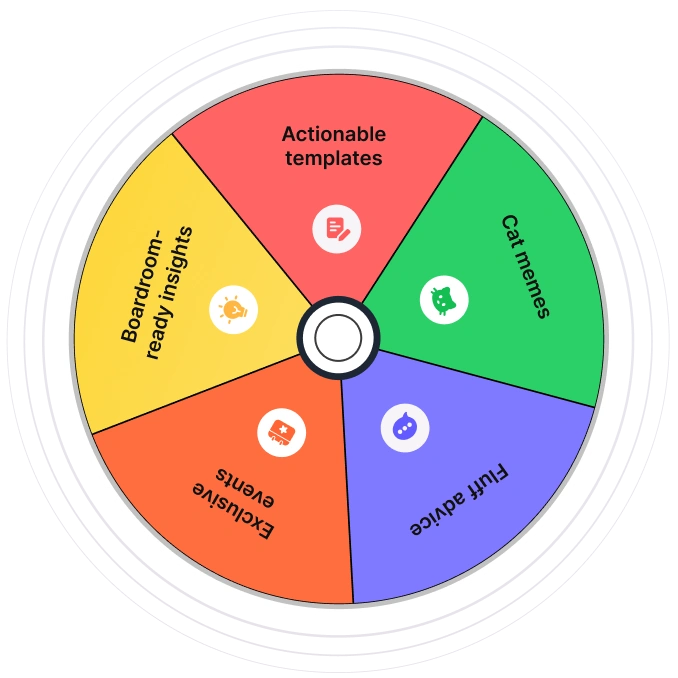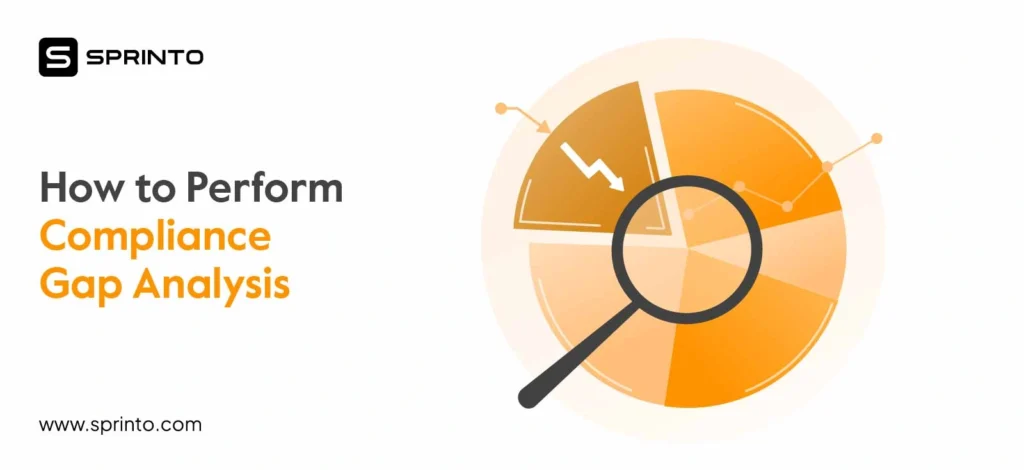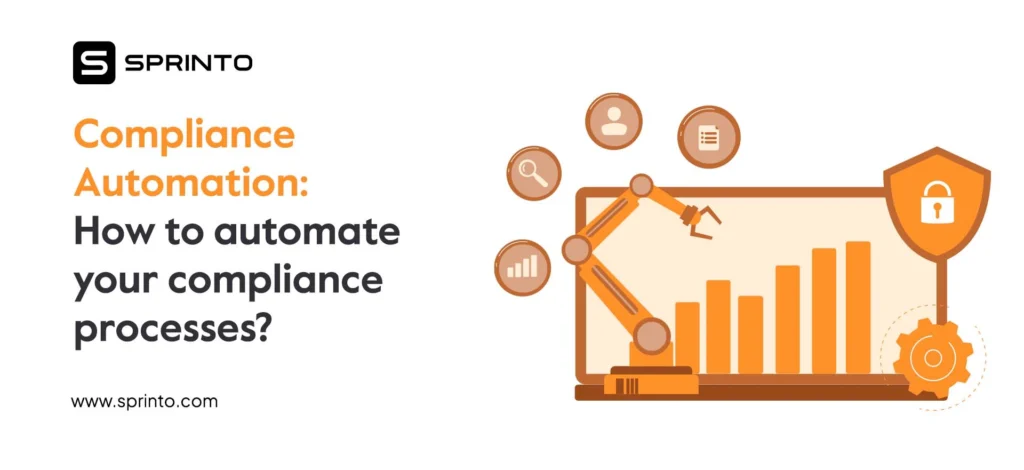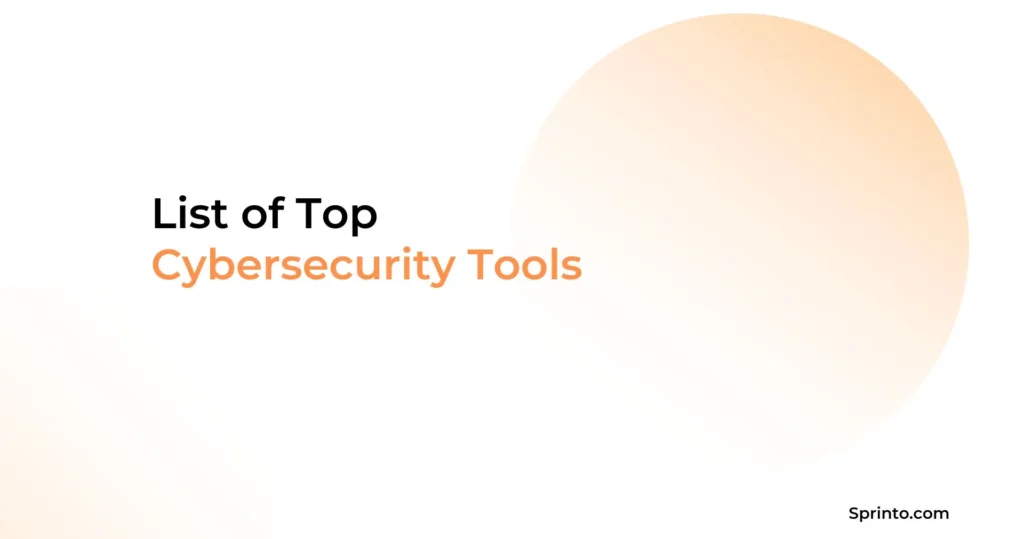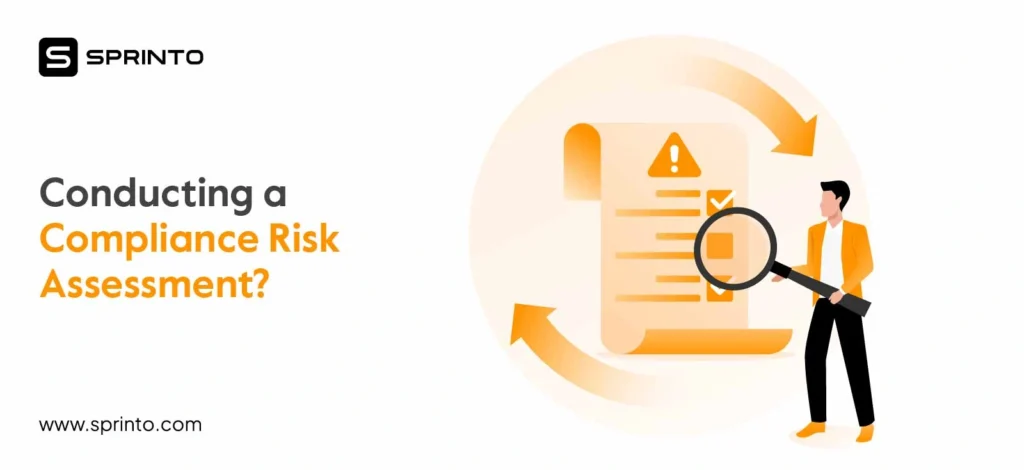LogicGate Risk Cloud is a configurable, no-code GRC platform that lets you model ERM, third-party, audit, policy, and more in one place. The tradeoff is that you get flexibility, but you will invest significant admin time climbing the learning curve and fine-tuning reporting to match your organization’s needs.
Quick LogicGate Overview
- Best fit: Large enterprises with complex, interconnected GRC requirements
- Why teams choose it: No-code workflow builder, broad applications, credible risk quantification, strong TPRM, 80+ integrations
- Where it bites: Learning curve for admins, advanced analytics that need configuration, risk of over-customization that later adds maintenance overhead
Pros
- Very flexible workflows and data model
- Solid ERM and third-party risk coverage
- Risk Cloud Quantify brings financial language to risk
- Good integrations, helpful document generation
Cons
- Steeper learning curve than some “out-of-the-box” tools; initial setup may require dedicated admin time
- Advanced reporting and analytics often require custom configuration
- Flexibility can lead to over-customization and maintenance overhead
Overall Verdict: 8.4/10
LogicGate excels at what it promises: a highly customizable GRC platform that can accommodate any organization’s needs. But flexibility comes with complexity, and complexity comes with costs. It’s brilliant for enterprises with dedicated GRC consultants and transparent processes, but it can be overwhelming for organizations seeking straightforward compliance solutions.
LogicGate Pricing
While LogicGate doesn’t publish exact pricing online, its model revolves around three pillars:
- Power User Licenses: Only administrators need paid licenses (other users are included free)
- Modular Applications: Pay for what you use, sounds great until you realize you need everything
- Implementation Services: Expect additional costs for setup, integration, and consulting
Pricing Verdict: 6/10
The modular approach is clever, but the total cost of ownership can escalate quickly. If your near-term goal is quick certifications with minimal admin, you may pay for flexibility you will not fully use.
LogicGate Usability and Interface
LogicGate’s interface is clean, and the workflow builder is genuinely powerful. However, IT admins need to spend significant time mastering data relationships, field conventions, and dashboard configuration. Once that foundation is built, end users move quickly through their tasks.
The automation gap hurts: Unlike specific competitors, LogicGate requires more manual evidence collection from enterprise systems. Users consistently report this as a significant time drain compared to platforms with stronger automated verification capabilities.
The flexibility trap: LogicGate’s “we can do anything” promise becomes “why is this suddenly hard to change?” without proper governance from day one.
Usability and Interface Verdict: 8.5/10
Polished once configured. Plan enablement and light governance so “we can do anything” does not become “why is this hard to change.”
LogicGate Core Functionalities
1. No-code Workflow Builder
Model risks, controls, assets, vendors, and issues with relationships and automations. This is the heart of LogicGate’s value for teams that want to reflect their operations.
Excellent flexibility. Define data governance standards up front to keep data quality and transparency high.
Verdict: 9/10
2. Enterprise Risk Management (ERM)
LogicGate’s crown jewel. The platform excels at connecting risks, controls, and assets in meaningful ways. It pairs well with quantitative modeling for board-level decision-making.
Strong ERM backbone. Use it to connect risks, controls, and initiatives for more transparent decision-making.
Verdict: 9/10
3. Third-Party Risk Management (TPRM)
Questionnaires, assessments, automated reminders, and risk tiers create comprehensive third-party vendor oversight—a good fit if sales cycles hinge on vendor diligence.
A standout for vendor programs. Improves external trust, clarifies vendor impact, and documents verification.
Verdict: 8.5/10
4. Cyber, Controls, & Frameworks
Framework mapping, control gap analysis, and status tracking provide a solid foundation for compliance. Strong policy enforcement capabilities for compliance managers, though expect dashboard tuning to achieve board-ready visuals.
Solid control hygiene. Plan a short reporting sprint to finalize the views your executives expect.
Verdict: 8/10
5. Policy & Procedure Management
Create, route, attest, and maintain policies. You can centralize the lifecycle and prove identity assurance with attestations.
Capable lifecycle management. Pilot with one department to validate engagement before scaling.
Verdict: 7/10
6. Internal Audit
Plan audits, manage fieldwork, track findings, and centralize evidence with clearly scoped access control. Keeps internal auditors focused on the task while maintaining comprehensive audit trails and reliability.
Strong coordination layer. You will need to right-size access control and templates to reduce back-and-forth.
Verdict: 8/10
7. Incident & Resilience Management
Incidents, business impact analysis, and continuity planning provide a comprehensive operational risk assessment. Very useful where customers demand formal continuity proof to build trust.
Comprehensive for continuity and resilience. Good evidence for trust management conversations.
Verdict: 7.5/10
8. Risk Cloud Quantify
Monte Carlo simulations translate risk into financial language. They move security discussions from gut feeling to data-driven decision-making, which risk managers can confidently present to leadership.
Powerful quantitative modeling that enhances the reliability of risk prioritization.
Verdict: 8.5/10
9. Reporting & Analytics
Dashboards, reports, and exports offer good baseline functionality, but board-quality visuals require significant admin tuning.
Decent out of the gate, great with configuration. You will, however, need to reserve admin time to finalize executive reporting.
Verdict: 6.5/10
10. Integrations & APIs
Connects to 80+ security, IT, identity, and data tools for automated evidence collection. Robust connectivity that reduces manual verification work while maintaining evidence freshness.
Excellent integration ecosystem that strengthens overall security posture.
Verdict: 9/10
11. Spark AI
Assists with framework mapping and content drafting as a helpful copilot for CISOs managing multiple frameworks. Shows promise for accelerating routine tasks but requires human oversight for accuracy.
Useful, but protect your reliability with a proper review process.
Verdict: 7/10
12. Document Generation & Evidence Packs
Templates create repeatable, polished outputs perfect for auditor packets and customer requirements. Great for auditor packets and customer requests.
Good time-saver. Standardize templates early and lock them with light policy enforcement.
Verdict: 8/10
What are the LogicGate ratings from review sites?
- G2: 4.6 / 5
- Capterra: 4.7 / 5
- Gartner Peer Insights: 3.7 / 5
- Software Advice: 4.7/5
- TrustRadius: 4.3 / 10
Reading between the stars
High marks for flexibility, support, and breadth—recurring notes on reporting customization, low automation, and the learning curve. The pattern fits the product’s design: power first, convenience second.
Sprinto: The Best LogicGate Alternative
LogicGate can do anything, but what’s the point of infinite customization if it takes endless implementation time? If your goal is to prove trust and pass audits with less lift, Sprinto takes the automation-first path.
If you’re weighing your options between LogicGate and Sprinto, the choice simply comes down to complexity versus clarity.
Skip complexity, get audit ready and compliant faster with Sprinto
Raynah
Raynah is a content strategist at Sprinto, where she crafts stories that simplify compliance for modern businesses. Over the past two years, she’s worked across formats and functions to make security and compliance feel a little less complicated and a little more business-aligned.
Explore more
research & insights curated to help you earn a seat at the table.



